by Todd Walker
I flipped to “Fat Guys in the Woods” on The Weather Channel last night as DRG was reading her book. She glanced over the pages and asked…
“Is that Fat and Afraid?”
I belly laughed!
After climbing that first mountain, the name fit me.
My brother’s boys and I drove eleven hours to tackle Eagle Rock Loop in the Ouchita (pronounced wosh-i-taw) National Forest in Arkansas. Our map called the mountainous section of the loop “vigorous”. Understatement of the year! Brutal was more like it for this old man.
This wasn’t a self-imposed survival adventure. We backpacked and camped with modern gear. Here’s what I took away from our journey.
Lesson #1: Fitness Matters
The only way to train for mountains with no switchbacks is to climb mountains with no switchbacks. Baseline fitness is helpful but may not be enough.
We parked at 4:30 P.M, strapped on packs and hit our first mountain 50 yards from the truck. Jake, the youngest of our trio, was point man. And perhaps the smartest. His pack weighed 15 pounds! He’d seen what heavy could do to soldiers patrolling mountains in Afghanistan. And his buddies were fresh out of boot camp and physical specimens.
Had I reduced my pack weight by half, I still would have struggled to climb the mountains. I won’t lie. I secretly contemplated turning back halfway up and car camping. My young, strapping hiking partners were patient with their old uncle with frequent stops for me to catch my breath and cool the burn in my gluts and thighs.
If you subscribe to the popular bug-out-on-foot theory, have you tested your load out and physical abilities on the terrain you plan to walk?
Lesson #2: Water Matters
Bring more than one method to obtain potable water.
Water Filters: Kyle carried a Katadyn filter which he and Jake used. I used my Sawyer Mini, which weighs 2 ounces, to fill my 2 liter bladder in my backpack. A small 16 ounce Sawyer mylar bag was my backup when I sucked the hydration bladder dry. I consumed about 4 litters per day due to the strenuous activity and summer heat.
Around morning and evening campfires, I boiled water in my 64 ounce bush pot for cooking, hot cocoa, and coffee. Boiling was impractical on the move. Water filters are the way to go on rest stops.
Lesson #3: Feet Matter
When your only means of conveyance is your feet, take good care of them.
We crossed 3 mountains on our first full day of hiking. I noticed a hot spot on one of my toes going down the last mountain. Upon inspection, I had forgotten to trim my nails which turned out to be the source of the toe pain. My Swiss Army Knife scissors quickly solved the issue.
River crossings were unavoidable. At low water levels, we rock hopped. A few crossings ended in wet feet. I carried three pair of wool blend socks. One for wearing, one for drying, and one as a spare.
Also consider packing a lightweight pair of camp shoes or sandals. I wore my Five Fingers around camp and for protection while exploring the rivers. Even though I run barefoot at home, I couldn’t afford a wound to my only means of wilderness transportation.
Take time to keep your feet dry, clean, and protected. Always break in new boots or shoes well ahead of your journey.
Lesson #4: Sleep Matters
“One of the hallmarks of the veteran woodsman is the way he contrives to make himself comfortable in camp”. ~ Warren H. Miller
Follow the 4 W’s of campsite selection when choosing your spot to bed down… remember to look up. We had to fell a 5 inch dead standing oak on our last campsite. It may not have caused us problems but you never know how the wind may change. It provided ample firewood for us and to the next pilgrims who find our site.
All three of us prefer hammocks to tents. Hammocks not only offer comfortable bedding they also serve as a camp recliner by sitting perpendicularly like a swing.
You need good sleep hygiene to restore the body. Six to seven hours is about all I get at home. For some pleasant reason, I typically sleep a good 8 to 9 hours in the woods… barring abrupt disruptions from wild visitors.
I don’t worry too much about large animals. It’s the little critters that bug me… mosquitos and no-see-ums being the main culprit.
Use bug netting or insect repellent.
I’ve just discovered a natural bug repellent called All Natural BugShot that kept the biting insects and ticks away. If you’re not crazy about applying DEET based repellents to your skin (or melting your plastic gear), check BugShot out. I shared my thoughts in a short video review on our trip. I recommend it!
Lesson #5: Bears and Bacon Matter
I was flip-flopping about whether to bring the dry cured bacon into bear country.
On this special trip with my brother’s sons, I went with bacon. One and a half pounds in fact. That amount gave us 2 thick strips each morning to get our day started. We also cooked a dozen dehydrated eggs in bacon grease over two days. We were smoothing it over the campfire kitchen!
We never sighted actual bears but did walk over scat on the trails. Carry bear spray.
Here are a few bear precautions to take. I found this research site, North American Bear Center, interesting and informative in addressing commonly held myths about bear-human encounters.
A bear’s sense of smell is over 2,000 times better than humans. Knowing this, take precautions and practice good camp hygiene. Place all food and cooking utensils in a bear bag and hang it at least 10 feet off the ground and 4 feet from the nearest tree trunk.
My bear bag system contains the following:
- 30 liter dry bag, 50 feet of paracord
- One carabiner
- Finger size stick off the ground
All food and cookware go inside the sealed bag and is hung 100 yards down wind from camp. I use the PCT (Pacific Coast Trail) method to hang the bag. I’ll show you this trick in a later blog.
I know this about my body but I over packed food anyway. When hot from physical exertion, I don’t eat much. We stopped for lunch breaks but never ate a meal just a few snacks of dried fruit or trail mix. And very little of that. Our largest meals were in the evening after cooling off.
Lesson #6: Family Matters
Though I’ve known Kyle and Jake since their birth, I never had the chance to connect with them as I did on this wilderness adventure. We connected by being disconnected.
We lost all communication with the outside world miles before we reached the trailhead. No phone calls, texts, social media stuff, or blog reports. And not one among us frowned.
We embraced being off-line and soaked in all nature could offer. We ate snake pan-fried in coconut oil, dined on homemade bacon, told campfire stories, laid still watching moon beams pour through leaves overhead, dried our wet bodies on rocky sandbars warmed by campfires, found the richness of life in our adventure, and confronted our fears and fatigue to discover how little it takes to make us happy.
That, my friends, was the most valuable lesson of all!
Get out there, and, as always…
Keep Doing the Stuff of Self-Reliance,
Todd
P.S. – You can also keep up with the Stuff we’re Doing on Twitter, Pinterest, Google +, YouTube, Instagram, and Facebook… and over at the Doing the Stuff Network. P.P.S – If you find value in our blog, Dirt Road Girl and I would appreciate your vote on Top Prepper Sites! You can vote daily by clicking here or on the image below. Check out all the other value-adding sites while you’re there… 
Thanks for Sharing the Stuff!
Copyright: Content on this site (unless the work of a third-party) may be shared freely in digital form, in part or whole, for non-commercial use with a link back to this site crediting the author. All links in articles must remain intact as originally posted in order to be republished. If you are interested a third-party article, please contact the author directly for republishing information.

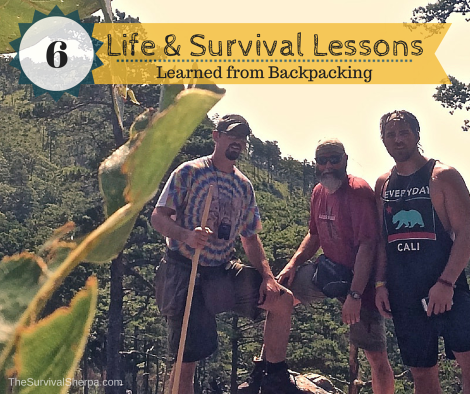

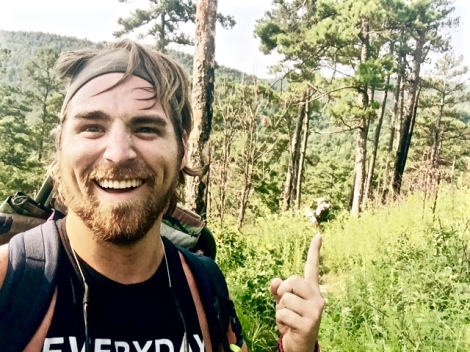
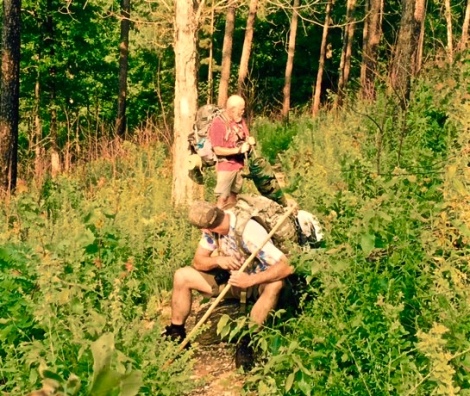

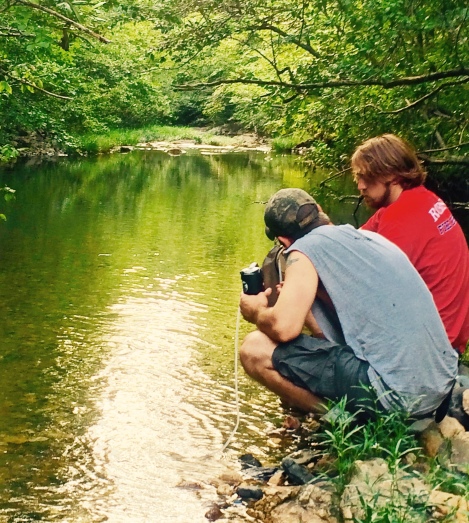
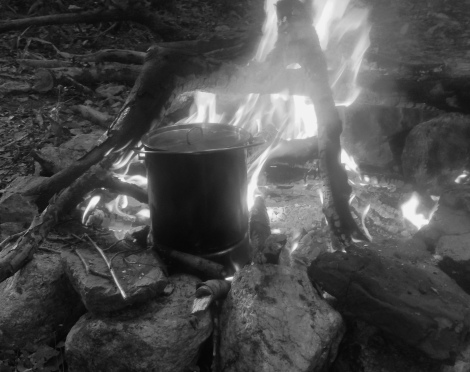
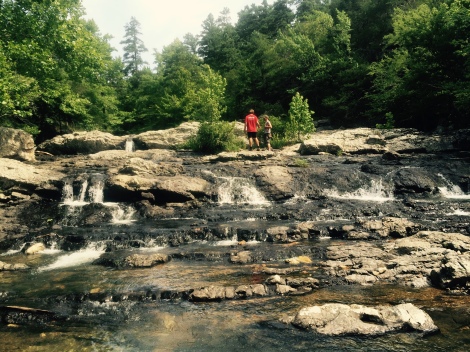
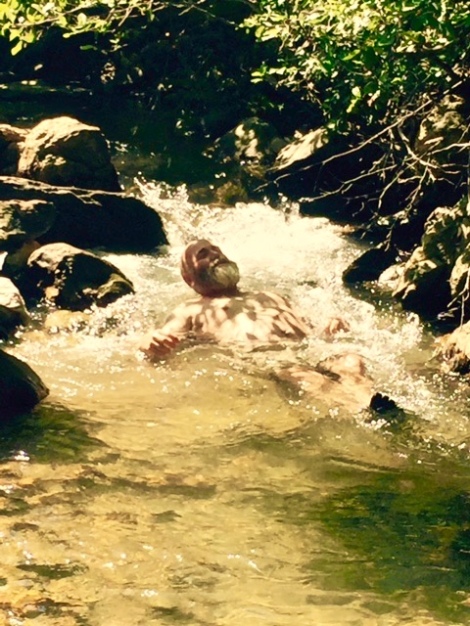

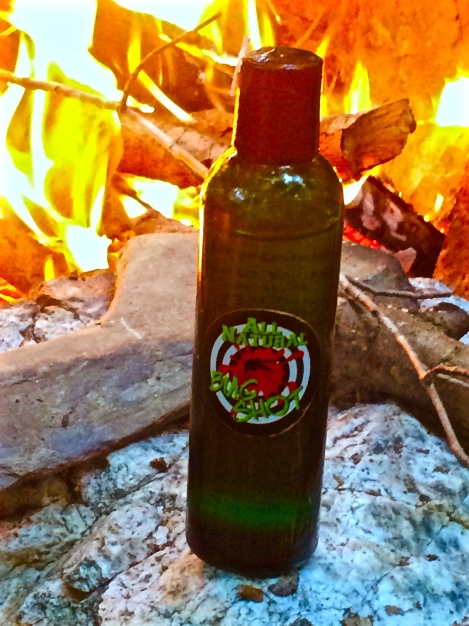

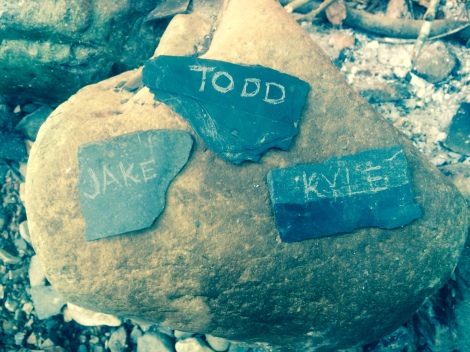
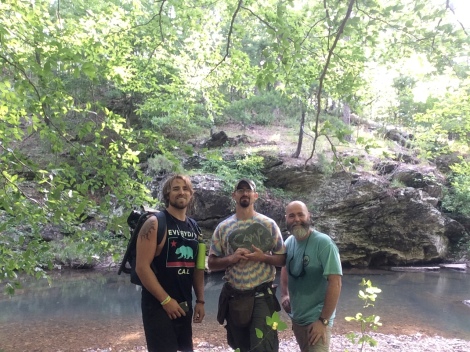
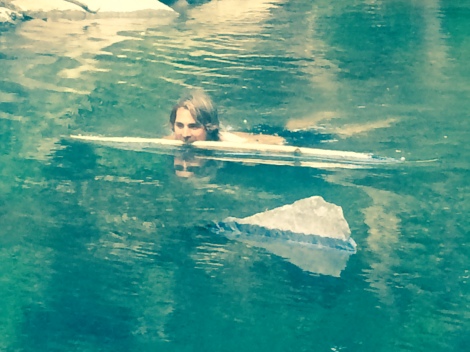







Sounds like a wonderful trip! I want to take my young adult nieces on a backpacking trip to introduce them to the woods.
LikeLike
They’d appreciate you doing that, Sandy. Great chance for bonding and spending time.
LikeLike
I live just outside of Talihina, OK that is mere miles from the Ouachita National Forest. 🙂 We do a lot of our fitness stuff there to become better preppers. BTW, it’s Ouchita and not Quachita. Might want to fix that to be found in search engines better.
LikeLike
Beautiful country for sure! Thanks for the spelling tip too. Fixed it up.
LikeLike
Pingback: Prepper News Watch for July 7, 2015 | The Preparedness Podcast
Sounds like my kind of trip! I’m glad you had the time to get away.
LikeLike
You would of loved it there, Caroline! The best part was bonding with my brother’s boys 🙂
LikeLike
Reblogged this on North Carolina Oath Keepers.
LikeLike
Thank You and your Nephews!
LikeLike
🙂
LikeLike
Becoming acclimated to rough mountain terrain is critical. Even in low elevation mountains a hiker can get altitude sickness. The only
cure is to lose elevation.. Equally, many trails go seemingly straight.
up a mountain without switchbacks. In the North Cascades which
average 6000-8000ft elev., I almost always switchback whether
on trail or not. This helps the body acclimate. Very good article-I
don’t envy the summer heat and humidity in the SE mountains.
Toward the freedom of the hills…
Jim
LikeLike
What a nice adventure! I’m very happy to follow this super blog! Ciao Mattia!!
LikeLike
Thank, Ciao! Maybe we can burn sticks together one day 🙂
I appreciate the support!!
LikeLiked by 1 person
Great, I hope in future! I’ll bring Chianti ! 🙂 This is the real spirit of the bushcraft world! No frontier but a great friendship around a campfire !
LikeLike
Hey Todd,
Thanks for sharing.
I 100% agree with tip #3 “Feet Matter”. You only have to experience hiking with wet and blistered feet once to learn that lesson the hard way.
Plus, there’s nothing that gives you a boost in the morning quite like a fresh pair of high-quality clean wools socks.
I don’t mind wearing the same clothes for multiple days if necessary but only if I get to start off each morning of the backpacking trip with fresh smart wools (or something similar in quality).
Jack
LikeLike
You got that right, Jack! I’m going to have clean socks to move in. For winter camping, I keep a separate pair just for sleeping. 🙂
Gotta take care of those dogs!
Thanks for stopping by and commenting, bud!
Todd
LikeLike
Pingback: Best Practices for Your Third Most Critical Survival Priority | Survival Sherpa
Pingback: The Number One Skill of a Good Woodsman | Survival Sherpa